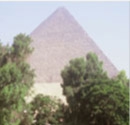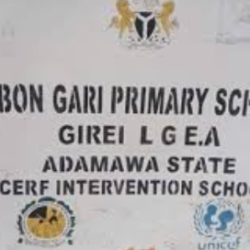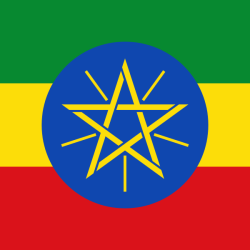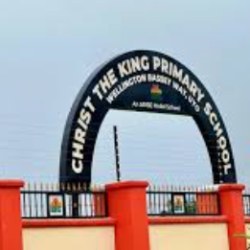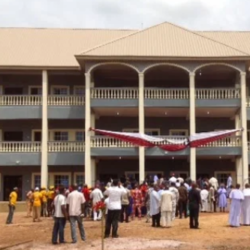Egyptology is a field blending language study, archaeology and history of Egypt. While foundational breakthroughs like hieroglyphic decipherment and systematic excavation occurred in the 19th century, it constantly evolves with new technologies and discoveries, grappling with inherent challenges of an incomplete record and chronological uncertainties, while actively dismissing pseudohistorical claims.
1. Definition & Scope:
- Study of Ancient Egypt (c. 5000 BC – 4th century AD) and its antiquities.
- A regional/thematic branch of ancient history and archaeology.
- Investigates: language, literature, history, religion, art, economics, ethics.
- Practitioners are Egyptologists, but the field isn’t exclusive to them.
2. Historical Development:
- Early Accounts: Herodotus, Strabo, Diodorus Siculus, Manetho (3rd century BC).
- Islamic Scholars (9th-13th Century AD): Dhul-Nun al-Misri, Ibn Wahshiyya (early decipherment attempts), Abdul Latif al-Baghdadi (detailed monument descriptions).
- European Exploration (13th-18th Century): Travel writings (Greaves, Sicard, Maillet, Norden, Pococke), gradually becoming more scientific.
- Birth of Modern Egyptology (c. 1822):
- Triggered by Napoleon’s expedition and the Description de l’Égypte.
- Acquisition of the Rosetta Stone by the British.
- Champollion’s decipherment of hieroglyphs (using the Rosetta Stone) was foundational.
- Key Early Figures: Champollion, Rosellini, Lepsius (mapping/excavating).
- Professionalization (Late 19th/Early 20th Century):
- Flinders Petrie: Revolutionized field methods (preservation, recording, excavation).
- Howard Carter: Discovered Tutankhamun’s tomb (1922), bringing global fame.
- Egyptian Egyptology: Developed more slowly (Islamic identity, Western imperialism); pioneers like Rifa’ al-Tahtawi (c. 1830). Modern Egyptian culture is influenced by its ancient past.
3. Modern Practices:
- Governed by Egypt’s Supreme Council of Antiquities (excavation permits).
- Utilizes advanced technologies: Geophysical methods, modern sensing techniques.
- Focus on Egyptian languages & writing systems: Hieroglyphs, Hieratic, Demotic, Coptic.
4. Problems & Mysteries:
- Incomplete/Disputed Record: Missing artifacts, destroyed relics, evolving terminology/chronology, new discoveries overturning theories.
- Chronology Challenges:
- Unified state emerges ~3300 BC, independence ends ~300 BC (earlier developed societies likely).
- “Conventional Egyptian chronology” has consensus but significant dating uncertainties exist (increasingly so further back in time – decades to a century variance).
- Internal Cohesion: Issues reconciling dynasties and timelines.
- External Relations: Difficulties reconciling Egyptian history with concurrent civilizations.
- Pseudoscience: Attracts (but widely discounts) esoteric, extraterrestrial, New Age, occult, Atlantis theories.

5. Key Focus Areas:
- Temples & Pyramids: Among largest ancient constructions; potent symbols; many still standing (varying conditions).
- Burial & Tombs: Complex funerary rituals, mummification (not universal), monumental tombs vs. simple sand burials (often naturally mummified).
- Biblical Connections: Prominent role in the Old Testament (Joseph, Exodus, interactions with Israel); unanswered questions about mutual influence.





